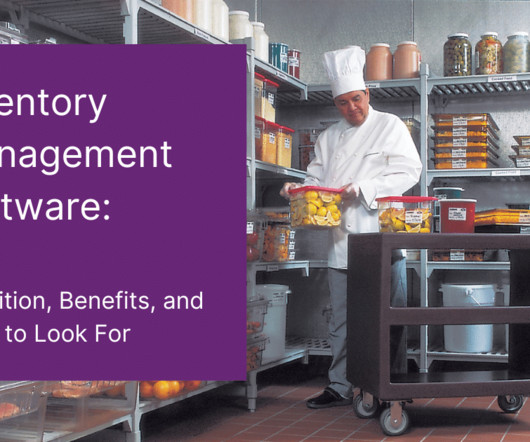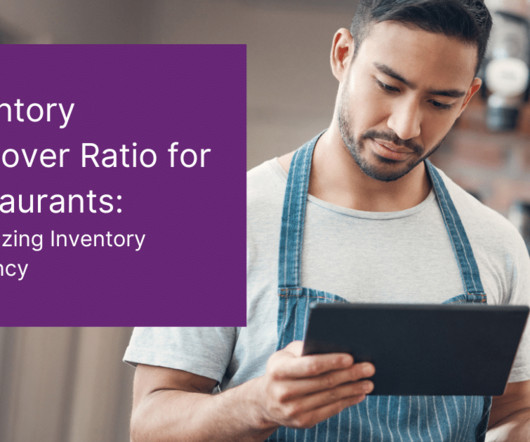What Can I Do to Reduce My Restaurant Supply and Labor Costs?
Modern Restaurant Management
MAY 10, 2022
Here are three ways you can reduce your restaurant supply and labor costs: Use Technology to Streamline Operations. Whether you’re taking inventory, ordering supplies, or managing the supply chain – it all costs time and labor. Partner with Supply Chain Experts.












Let's personalize your content